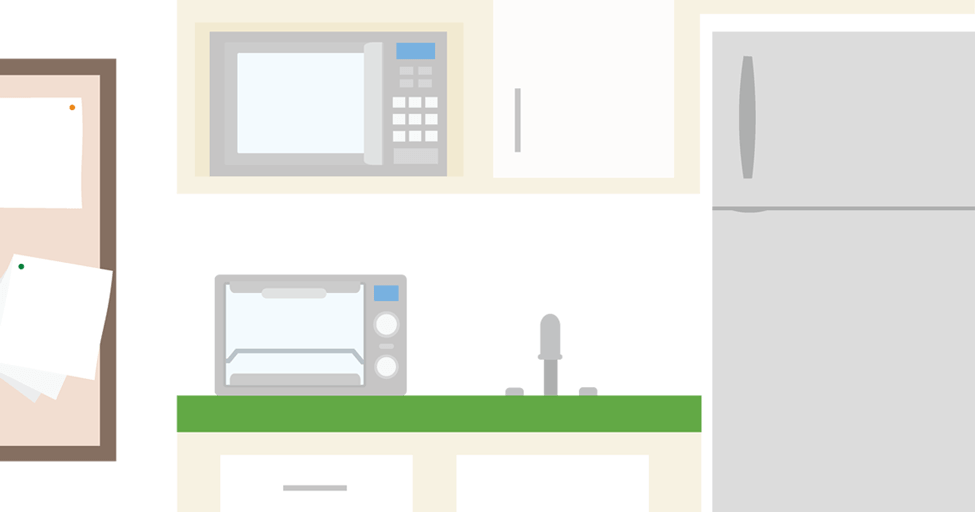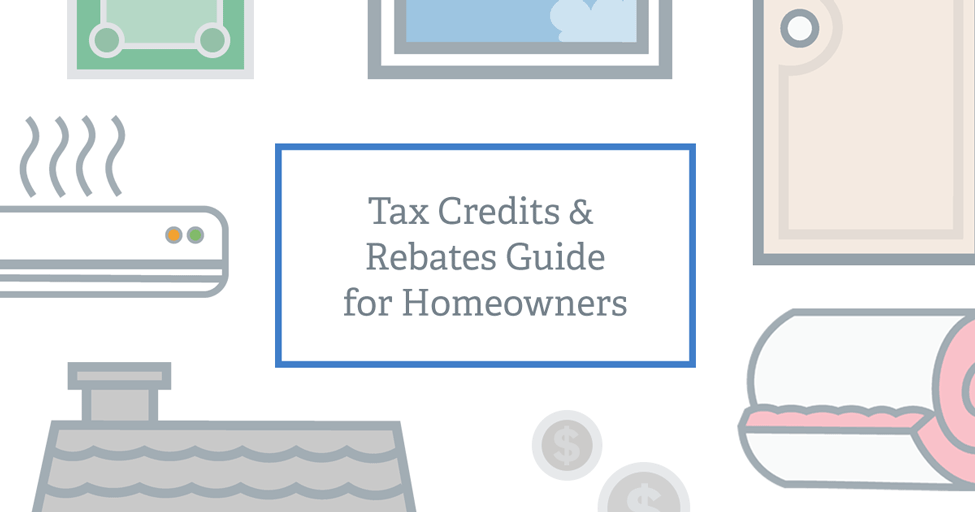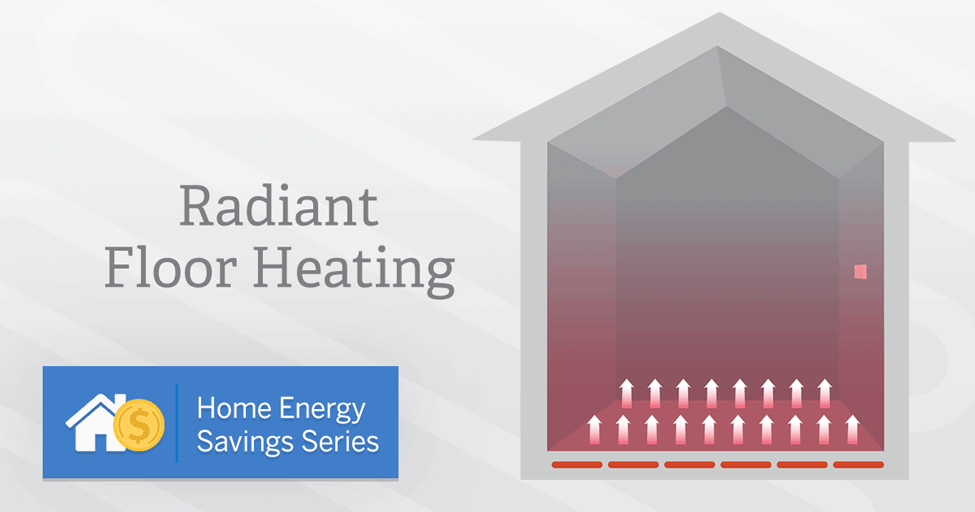
Energy-Efficient Roofing Options for Your Home
There are lots of choices you must make as a homeowner. Some of these choices are small and easy to make, while others require some careful thought and research.

What Are the Benefits to Running Environmentally Friendly Businesses?
If you’re the owner of a small business, have you considered the advantages of being environmentally friendly? There might be some rewards you might not have considered.

Home Energy Savings Series: Creating an Energy Efficient Garden
Spring is a time to ponder what to do with that garden you’ve been thinking about all winter. While it might seem as if saving energy is something you can only do inside your home, savvy gardeners know that energy efficient garden design can help them enjoy the fruits of their labor and energy savings

Energy Efficiency Series: Benefits of Energy Efficient Windows
Windows can provide natural light, warmth from the sun, and be decorative additions to a room. Windows can also negatively impact a home’s energy efficiency, however; they’re a prime spot for air leaks, for instance.

Strategies for Energy Savings in the Break Room
No matter what the industry, small business owners can likely agree on one thing: Finding cost saving ideas for the workplace is essential. We’ve tackled a number of ways to help small business owners find ways to save energy at work.

Gas vs. Wood vs. Electric Fireplaces: Which Is Best for You?
The choice between a gas vs. wood fireplace or even an electric one may improve the value of your home and may improve its energy efficiency as well.

Establishing a Disaster Recovery Plan for Small Business
What if disaster hits tomorrow? Next week?
Get Pricing on Electricity or Natural Gas Plans in Your Area
Whatever your energy needs, we've got a plan for you

How to Retrofit Windows & Retrofit Air Conditioning
We fall in love with a home — its look, its location — and we move in, only to discover that it is not, indeed, perfect. Maybe it needs a new HVAC system or other home energy improvements.

How to Shop for the Best Energy Efficient Office Equipment
The year is young and business goals are still fresh in the minds of most small business owners. Often, near the top of the list are ways to save on operating costs, including energy costs.

The Homeowners’ Guide to Tax Credits and Rebates
We put together a big list of home improvement tax credits to help you save money on your 2016 tax return. We also included information on rebates for energy-efficient appliances to help you save money if you need/want to use your tax savings on energy-efficient appliances.

Home Energy Savings Series: Radiant Floor Heating
With a large part of household budgets devoted to heating, nearly everyone is looking to get the most bang for their energy bucks. The good news is that radiant floor heating might be the answer to your energy cost concerns.
